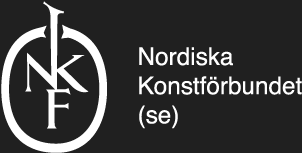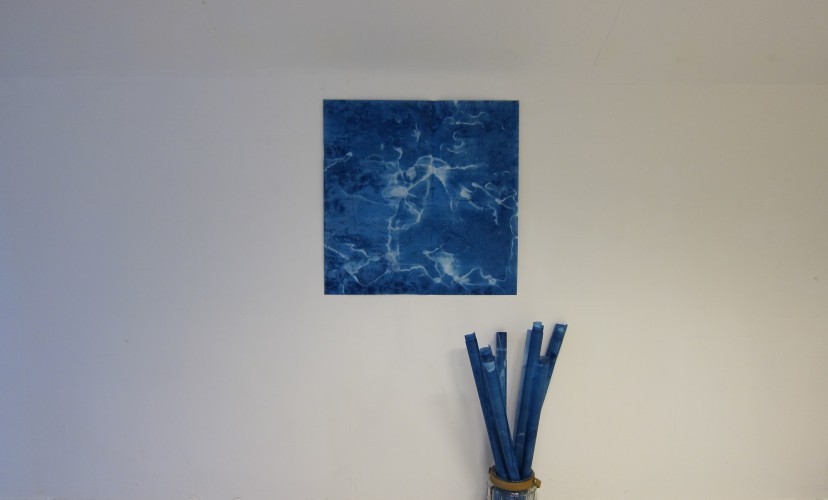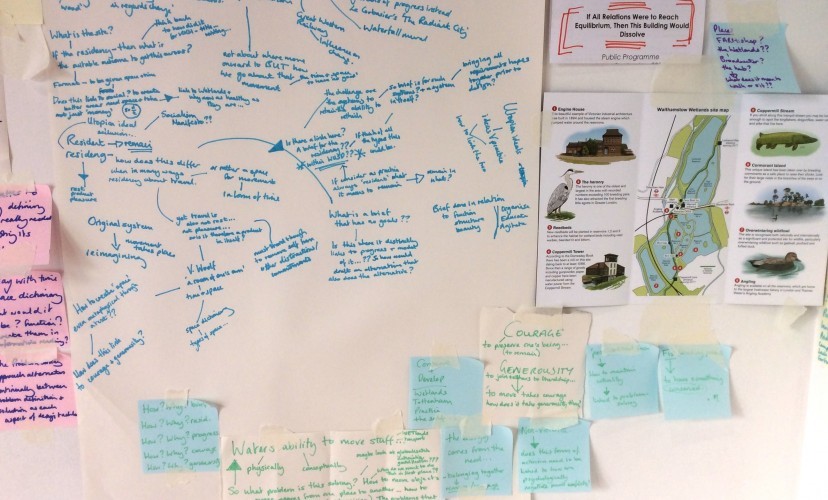Afterthought by Holly Keasey
During my residency at Malongen, I planned to begin the next stage of an on-going body of work into water-sensitive futures. The intention during the residency was to investigate how wave dynamics could be key to creating new ways to communicate.
As intended, the research included discussions with SMHI oceanographer, Lars Arneborg and collaborating with artist Nathalie Wuerth to dive into the tensions of the waves to describe feminism. Additionally though, I had dinner with researcher Charlotte Ponzelar to discuss the concept of care in pedagogy; and musician Hara Alonso and light-designer Irene Cantero to delve briefly into the waves of light and sound. I was also a guest to the Risk(U) Reading Group where we discussed the text 'Nature/Culture/Seawater' by Stefan Helmreich and I also led a rather wet and cold walk from Malongen to Hammarby Sjö before continuing to the edge of the Baltic Sea.
During my discussion with Lars Arneborg, I learnt in detail about a type of wave I have been fascinated about for awhile by not been able to fully comprehend. This wave is known as a Rossby Wave named after the Swedish meteorologist Carl-Gustaf Rossby. These waves are caused by the perpetual spinning of the Earth on its own axis and act differently depending on how far a water body is from the Earth's equator. I am still unsure how Rossby waves will come into my work, but there is something about the vast amount of waves beyond the surface waves we typically think of, that I am drawn to. During this discussion, I also shared with Lars the work that is being done in other sectors but that looks to the oceans as a conceptual framing, such as Wet Ontologies and hydrofeminism. I was surprised to discover that oceanographers aren't aware of these concepts even though they are the experts in how physical waves act in the world. I hope to continue to work with Lars more to look into how his knowledge on physical waves dynamics can help expand these concepts of thinking with water, but to also explore what would happen if these sectors were to meet and if there are ways to think with water that also assist us to live with water differently.
This approach links to the text that I chose for the reading group. Although it was a very dense text with a lot of anthropological references that were not suited to everyone, I still think it led to fruitful discussions such as if culture is land-based (as it comes from 'to cultivate') what are water-based art practices if not culture? And to ensure artists working with environment through metaphor, also reflect on how such uses impacts how we treat the environment itself. This theme continued slightly into the walk to the Baltic Sea as we stopped at a variety of points to reflect on how different types of physical, social, emotional and historical waves appear throughout the city and our ways of thinking about the world.
Towards the end of the residency, Nathalie Wuerth joined me for four intense days of reading, discussion, drawing and formulating the base idea for a small publication. This collaboration came about after reading The Three Ecologies together in 2022 and discussing the complexities of translation in regards to environmental poetics and new conceptual terminologies. Especially when the terminologies to be translated also propose a new relation to the things in the world which these terms are originally borrowed from. Over the four days, we read parts of texts by S. Helmreich including the Gender of Waves and Wave theory – Social Theory; the 1968 article by Martha Weinman Lear, What do these women want? The Second Feminist Wave, which is referenced as the initial use of waves to describe feminism; Andrew Goffey's text Guattari, Transversality and the Experimental Semiotics of the Untranslatable; Hydrofeminism: Or on Becoming a Body of Water by Astrida Neimanis; and the summaries of Virginia Woolf's The Waves and Three Guineas. In amongst all this reading, Nathalie and I debated the function of waves when used as a metaphor, but also if the over-use of the wave to describe social phenomena means to that it holds a potential to become something else.
We concluded our residency with a plan to make a small publication called The Waves of Hydrofeminism. The intention for the publication will be to investigate if the wave as a metaphor can become something else, especially if we understand it as a figure rather than a metaphor. This thinking will be situated in the ideas of hydrofeminism whilst speculating what happens to the waves of feminism when feminism becomes water-based. We hope to produce this publication by the end of June 2023.
Overall, this residency was extremely beneficial to my practice as it allowed me to practice in the way that is most conducive to me producing new artworks. And this is to see researching as a creative process in and of itself, and this method works best when I am able to let my curiosity lead rather than the anxiety of knowing that the research must lead to a prescribe material form. I haven't managed to make space for myself to practice in this way for several years, so the residency left me with a sense of relief, energy and hope which I, as an artist, really needed at this time. The residency also allowed me to establish a framework for collaborating that focused on a topic central to my own practice, rather than collaborating in a way that always begins from being extremely open to what other wish to produce work about. This was a welcomed changed for me and something that the intention of Risk(U) facilitated.


